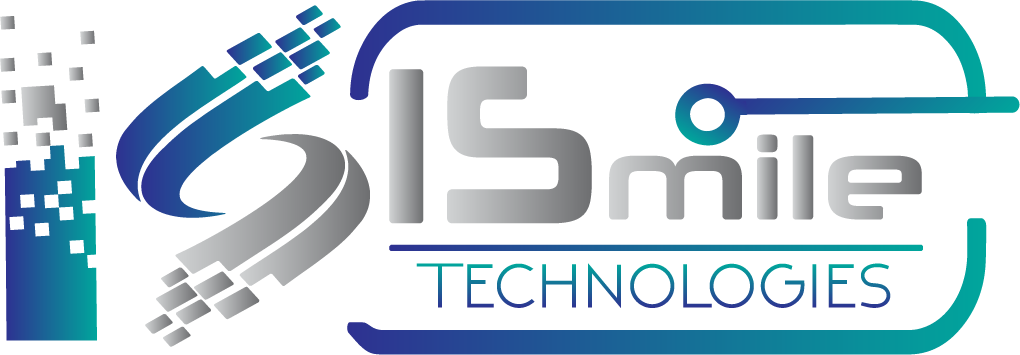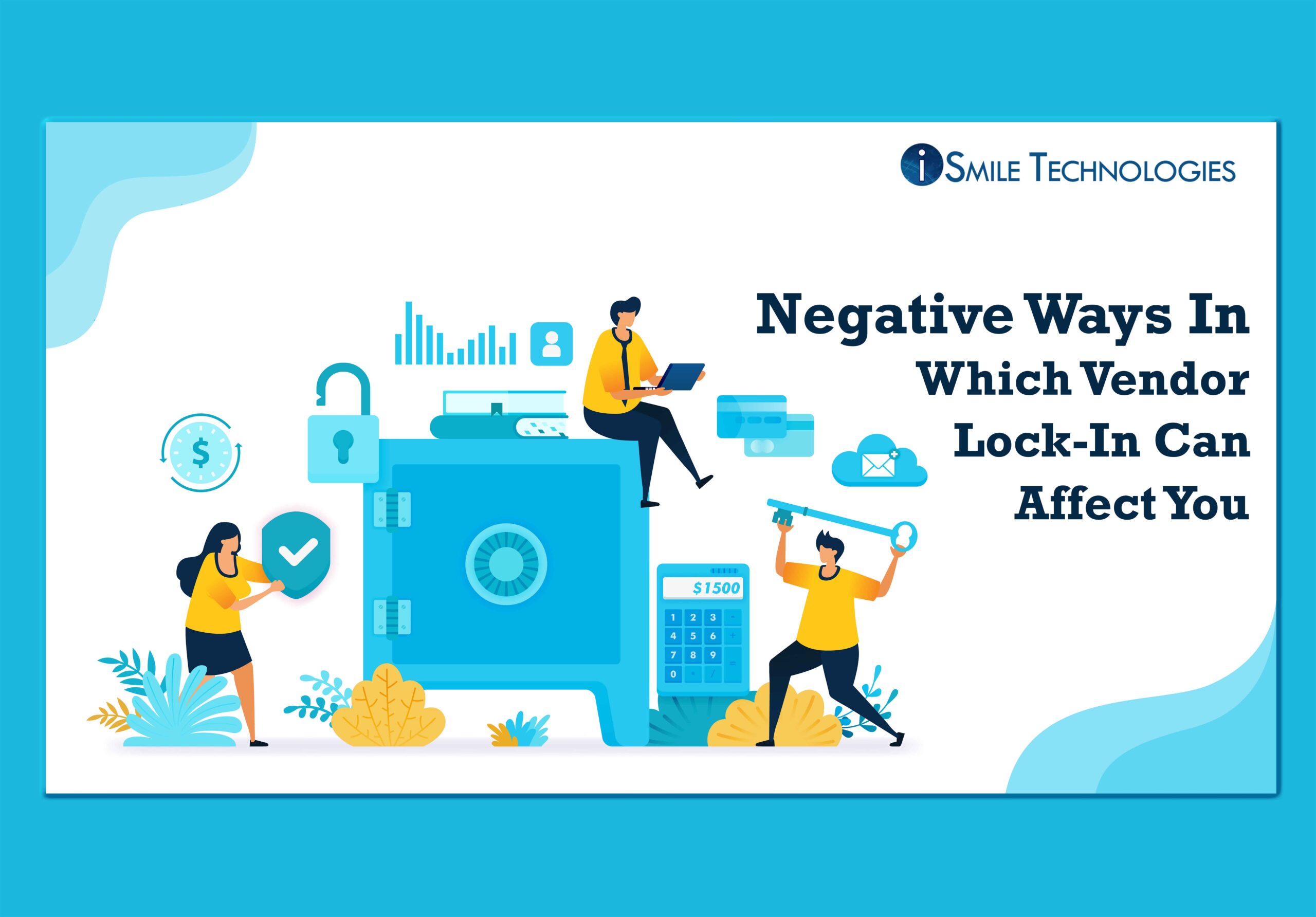Have you ever tried guiding your developers that they can’t use a framework of their choice or they need to use a particular operating system of all their development activities? You must have, I guess and the result is disgruntlement. And if the developers are working independently, they would start using their own tools and create a shadow IT. It often happens that you select and OS, an application framework or a platform or infrastructure because it is on the company recommended checklist but then you discover that it doesn’t have compatibility with different solutions or platforms.
Intuitive tooling equals to developer productivity. Developers always wants tools that can get their job done more than the tools, platforms or frameworks that has been recommended by either your vendor or is on the company checklist. If you force your developers to work on a set different from that, their productivity would go down. The IT operations team and the security teams would be up in revolt when half of their time they would be bogged down in managing systems and software sprawl.
The different results of application platform lock-in are
- Getting restricted to specific OS, inaccessibility of other platforms
Your vendor may push you to accept and use their platform because they may consider it to be more integrated but it may result in certain flexibilities of you being narrowed down. So you need to access whether the platform chosen will be compatible with public and private clouds or whether you would be restricted to work on a specific operating system if you choose the vendor’s recommended platform
Ready to experience the full power of cloud technology?
Our cloud experts will speed up cloud deployment, and make your business more efficient.
- Limiting the developer’s choices
Developers have different preferences and they provide the best solutions when they can exercise their choice of tools and frameworks. Lock-in implies that you are cutting developers from a wide set of tools and frameworks that they think are more applicable or suitable for the development solutions. Forcing developers into a specific development framework hinders innovation and most of the time they will spend testing the applications across multiple platforms
You should be able to build and run applications across different cloud combinations, languages and frameworks which are negated with vendor lock-in
- Can’t accept better solution frameworks or platforms
It is often observed that owing to vendor-lock in the company is unable to invest in other framework which had been proven more conducive for development works by the team since the lock-in period is not over. If the pace of innovation and development has to be maintained, then more investment is required
Even with cloud services, vendor lock-in is considered disadvantageous. According to a 2019 survey from Fujitsu, approximately 80% of respondents showed worry about the risk of cloud vendor lock-in. The companies worry that they would be locked up in contract terms and would be required to pay more even when the service degrades








